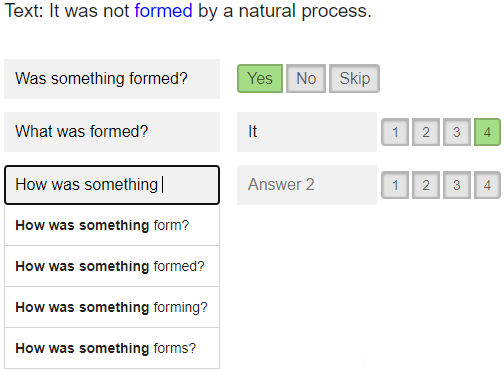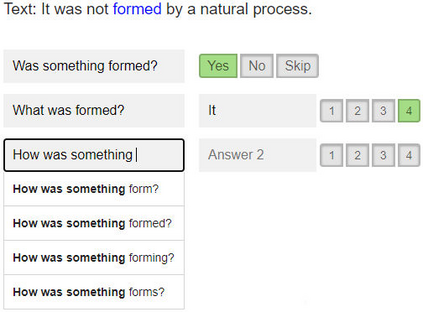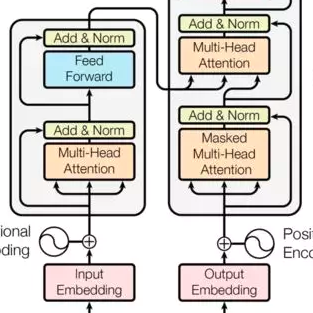This paper explores a question-answer driven approach to reveal affirmative interpretations from verbal negations (i.e., when a negation cue grammatically modifies a verb). We create a new corpus consisting of 4,472 verbal negations and discover that 67.1% of them convey that an event actually occurred. Annotators generate and answer 7,277 questions for the 3,001 negations that convey an affirmative interpretation. We first cast the problem of revealing affirmative interpretations from negations as a natural language inference (NLI) classification task. Experimental results show that state-of-the-art transformers trained with existing NLI corpora are insufficient to reveal affirmative interpretations. We also observe, however, that fine-tuning brings small improvements. In addition to NLI classification, we also explore the more realistic task of generating affirmative interpretations directly from negations with the T5 transformer. We conclude that the generation task remains a challenge as T5 substantially underperforms humans.
翻译:本文探讨了一种解答方法,以揭示口头否定的肯定解释(即当否定的提示语法改变动词时)。我们创建了由4,472个口头否定组成的新体体,发现其中67.1%表示实际发生了一个事件。警告者为传达肯定解释的3,001个否定产生并回答了7,277个问题。我们首先将否定作为自然语言推断的分类任务,揭示了否定的肯定解释的问题。实验结果显示,现有NLI公司培训的先进变压器不足以显示肯定解释。但我们也观察到,微调带来了小的改进。除了国家指数分类之外,我们还探索了直接从与T5变换器的否定中产生肯定解释的更现实的任务。我们的结论是,由于T5对人的影响严重不足,这一代任务仍然是一项挑战。





